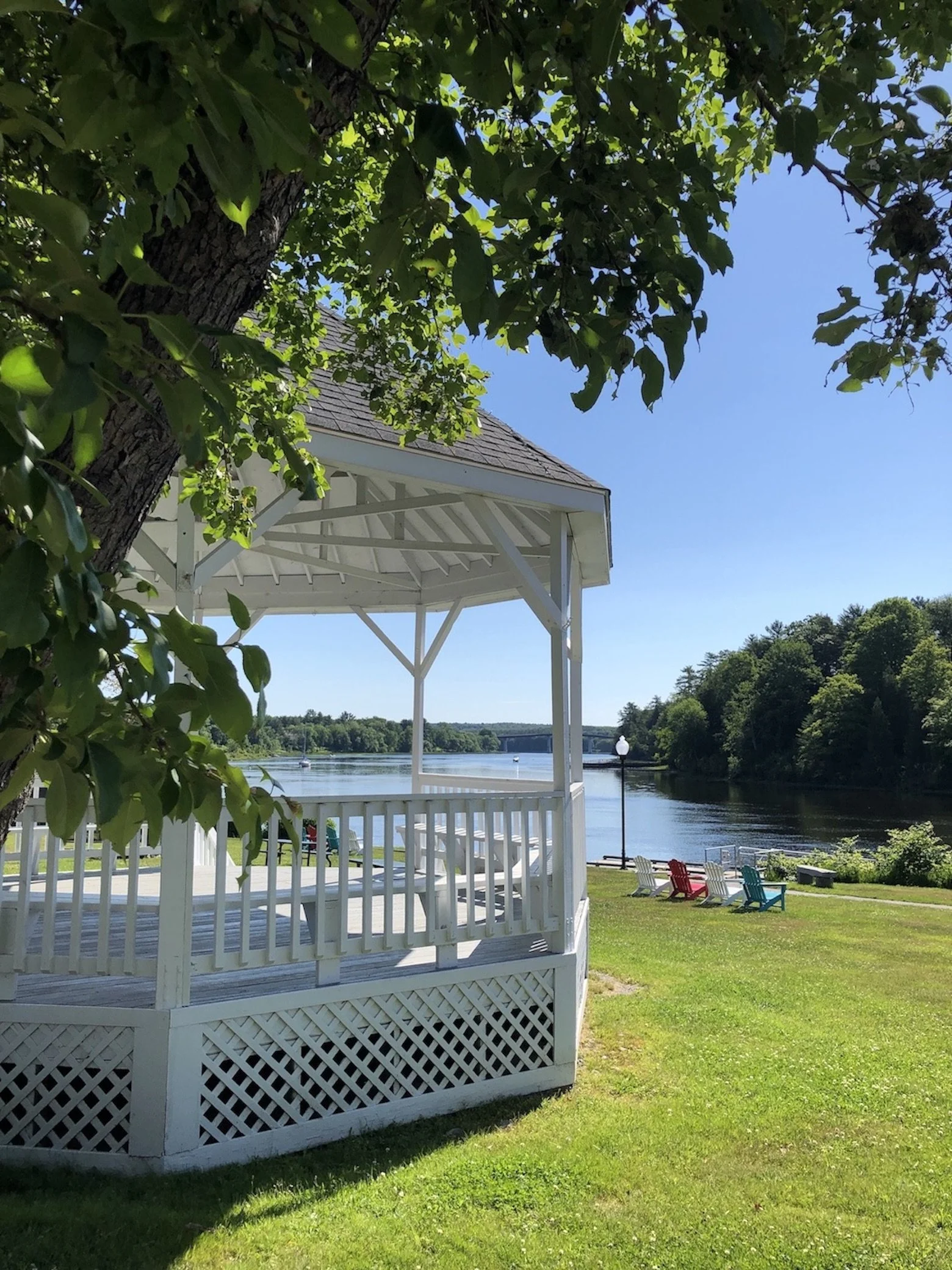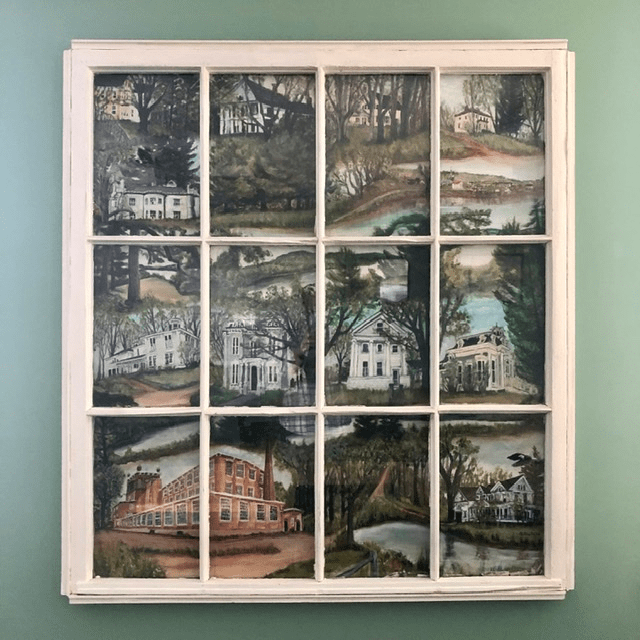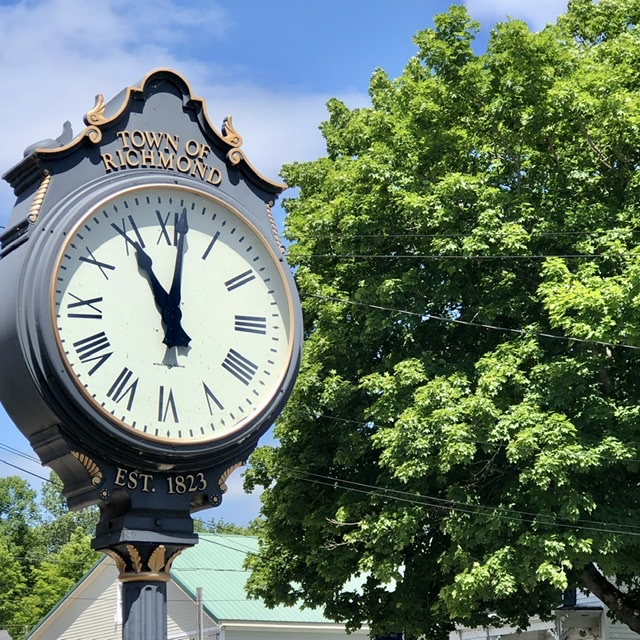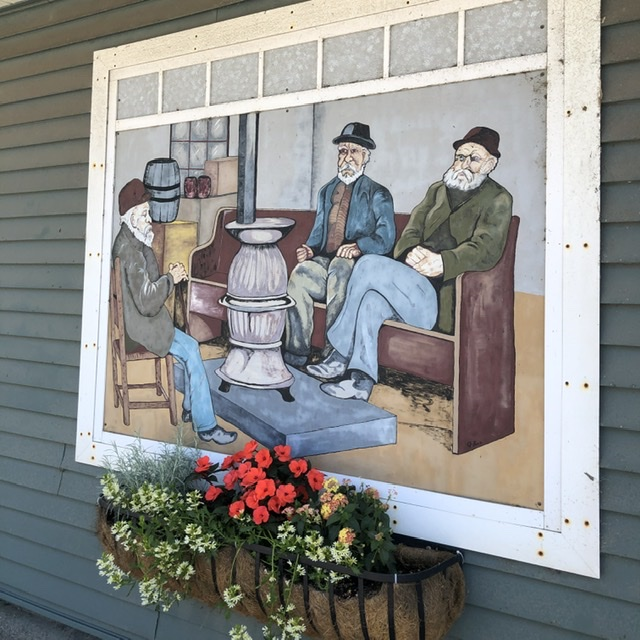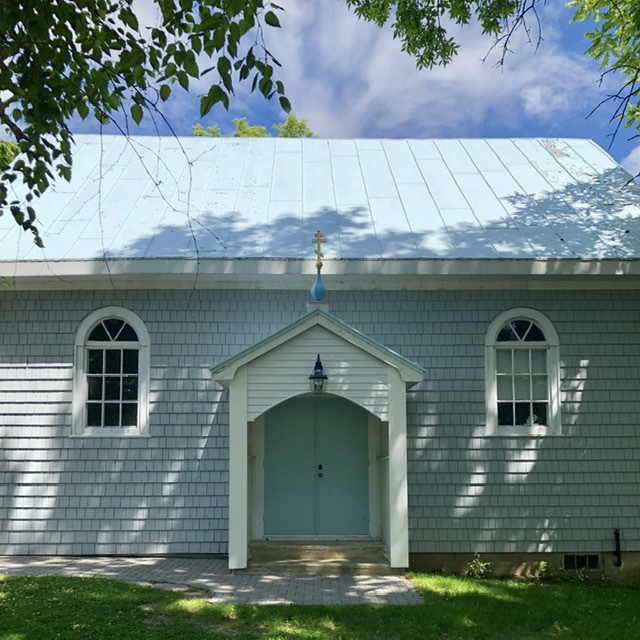Richmond: Preserving and Progressing
The Tension Between Yesterday and Tomorrow
Each Maine town has a unique story, but there are overarching themes that apply to many of them. One question that is asked across the state is, “How do we move into our future without forgetting our past?” This is an ongoing challenge for local municipalities throughout Maine and beyond.
Over the past decade, Richmond has navigated this process through a carefully outlined comprehensive plan. Granted, these types of documents don’t have a title that generates much enthusiasm, but you want at least one person to get excited about them. I found that individual in my recent visit to Richmond.
If I were looking for a new Maine zip code, Darryl Sterling might have convinced me to pick 04357. He is the town’s Director of Community and Business Development. Darryl understands that his work is an investment which will pay local dividends for generations to come. His is a balancing act between preserving the town’s roots so citizens don’t forget their history and preparing the community to keep progressing as they press into the future.
Turning 200
Richmond is about to celebrate its 200th birthday as a town. Two centuries of history is clearly on display, particularly in its village center. A drive through the historic district reveals a stunning number of beautiful homes. A municipal document states that, “for its size the Town of Richmond has more surviving Greek Revival architecture than any town in Maine…”
Many of these stately houses were constructed during the nineteenth century when Richmond was in the height of its shipbuilding industry. Its location alongside the Kennebec River provided the ideal setting for this trade. In a span of about 75 years, approximately 250 ships were made here. The ice harvesting industry was also an important part of the town’s first century.
Shipping and ice cutting belong to the past. Same with the shoe factories and other former local industries. Some of the large buildings, including old mills, around Richmond are now home to business such as Shucks Maine Lobster. One of the town’s greatest assets is its location—outside of more urban settings (yes, many Mainers consider this desirable), but with easy access to both Southern Maine and the capital region of Augusta.
Banners with images of its historic roots have been placed throughout the village center as Richmond prepares for its grand two hundred year milestone. This part of town is very walkable. Fort Richmond Park, located alongside the river, provides locals and visitors with boat access and plenty of seating, including a gazebo.
More Than a Village
Richmond extends beyond the village area with over 31 square miles of land. It has enjoyable attractions like Peacock Beach and the Richmond Town Forest. The latter is cared for by local volunteers who have made—and continue to make—many improvements to this public space with its two miles of trails.
Looking for Swans?
Though not within the town boundaries, Swan Island is considered an important part of the community. It is a wildlife management area under the care of the Maine Department of Inland Fisheries and Wildlife. And where are those swans? One of the most interesting tidbits I learned during this visit was that Swan Island’s name is believed to be a shortened form of “swango,” the Abanaki word for “island of eagles.” You are far more likely to spot eagles than swans if you spend some time there.
The Biggest Surprise
The most surprising discovery from this feature was the Russians. If you read that last sentence and thought, “Russians in Richmond?” that is the same reaction I had. But, sure enough, by the end of the 1950s, Richmond was home to the largest Russian-speaking rural community in America. Several hundred families came after fleeing their homeland due to the Russian Revolution, civil war, or World War II. Included in that number was Count Ivan Tolstoy, grandson of the famous writer Leo Tolstoy, and Princess Vera Romanov who had a summer house in town. Princess Vera was the cousin of the last Russian Tsar, Nicholas II. The Russian Orthodox church the community built is still in use with over a hundred in attendance in its weekly services. I had the opportunity to visit inside. Next door at the Russian bookstore, I picked up a copy of “Russian Voices on the Kennebec” by Robert Jaster. I look forward to reading more about this unique aspect of Richmond’s history.
My takeaway from Richmond is that it is a quiet, but vibrant community. The town has a rich history, but is also investing well in its future. The next time you’re passing by on I-295, take a little time to stop for a visit and see for yourself.
This was the first feature in Sagadahoc County. You can see the other visits by checking out the INDEX page where they are arranged by county. The big goal of Maine Features is to visit and write about every town in Maine. Drop your email below if you want to follow along on the journey.
